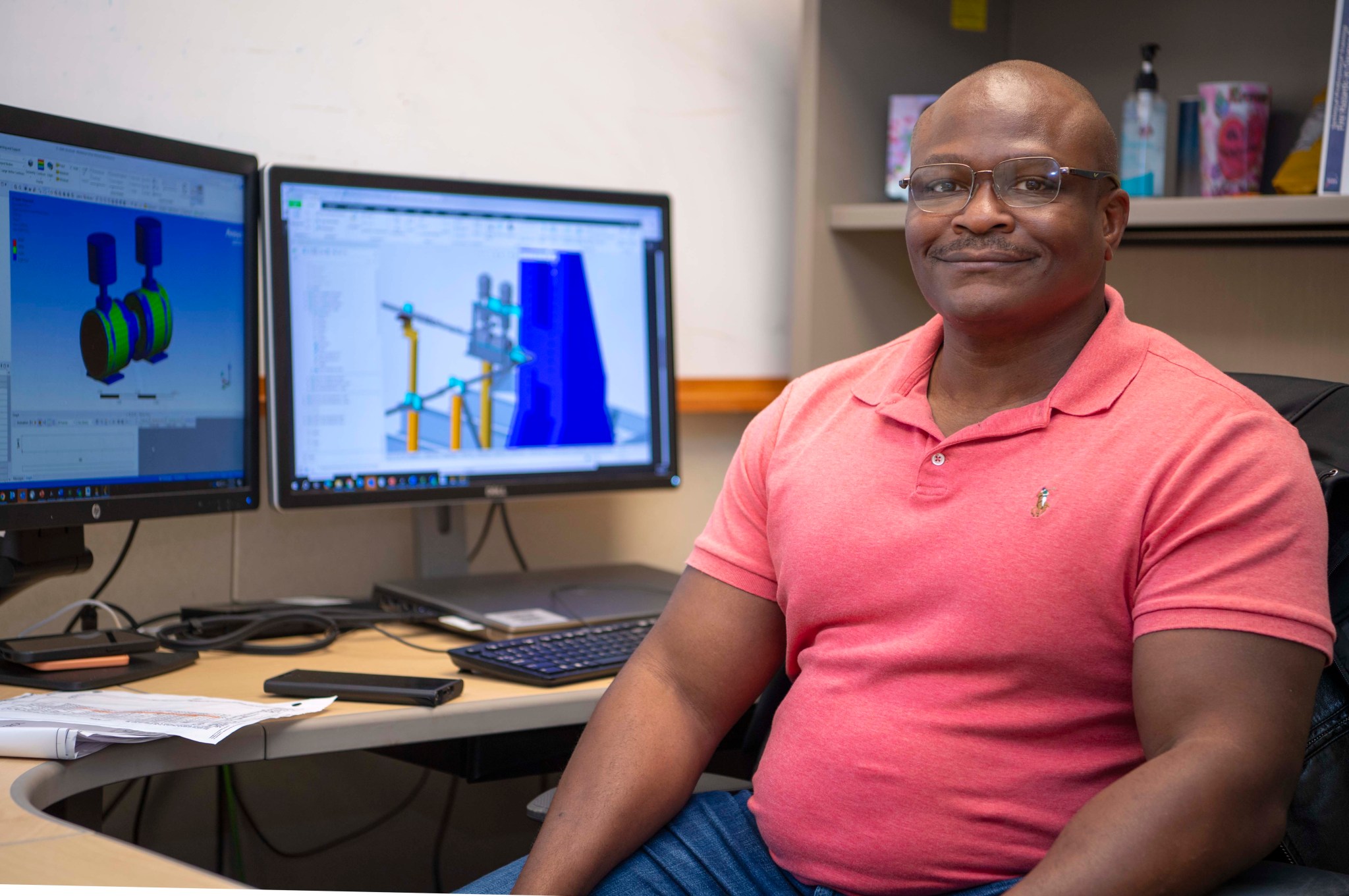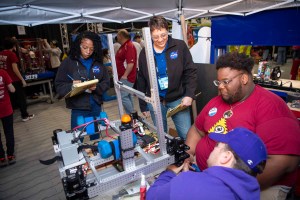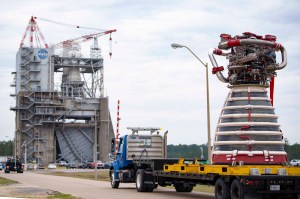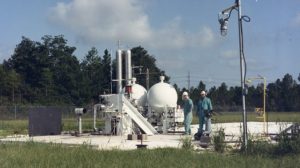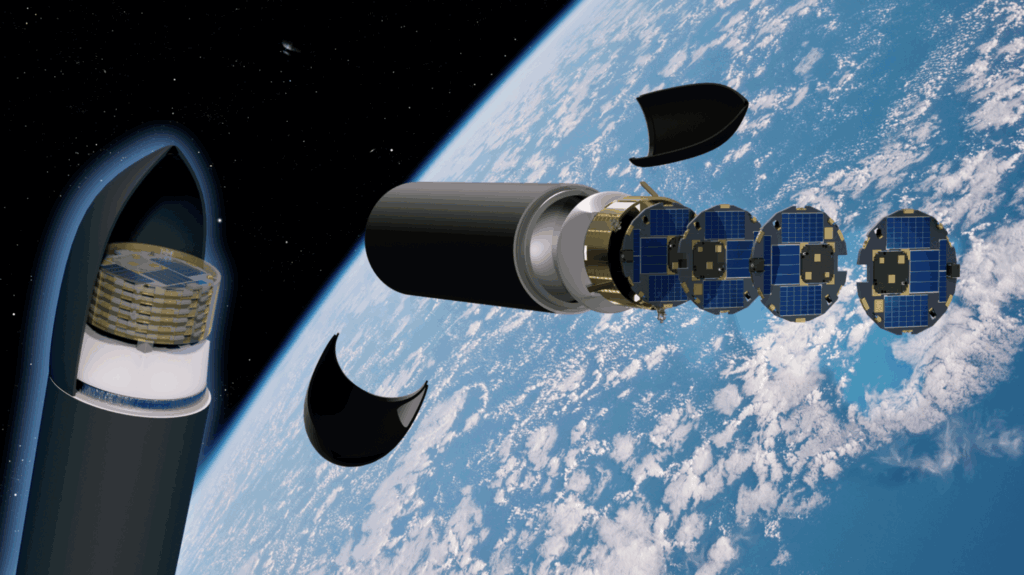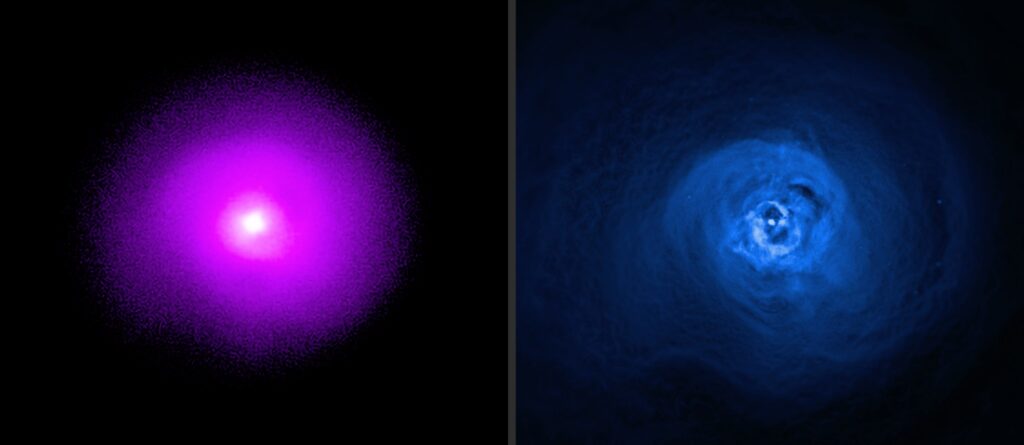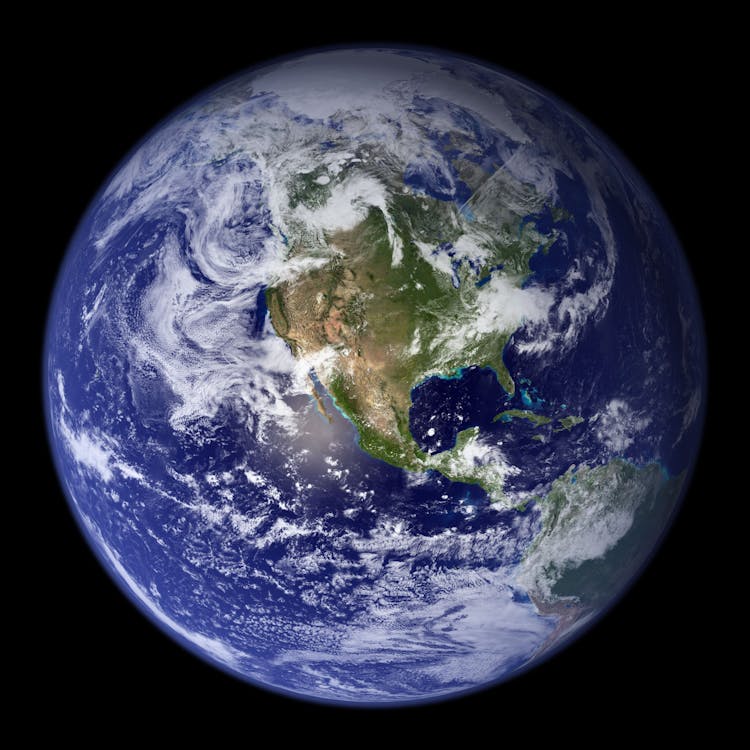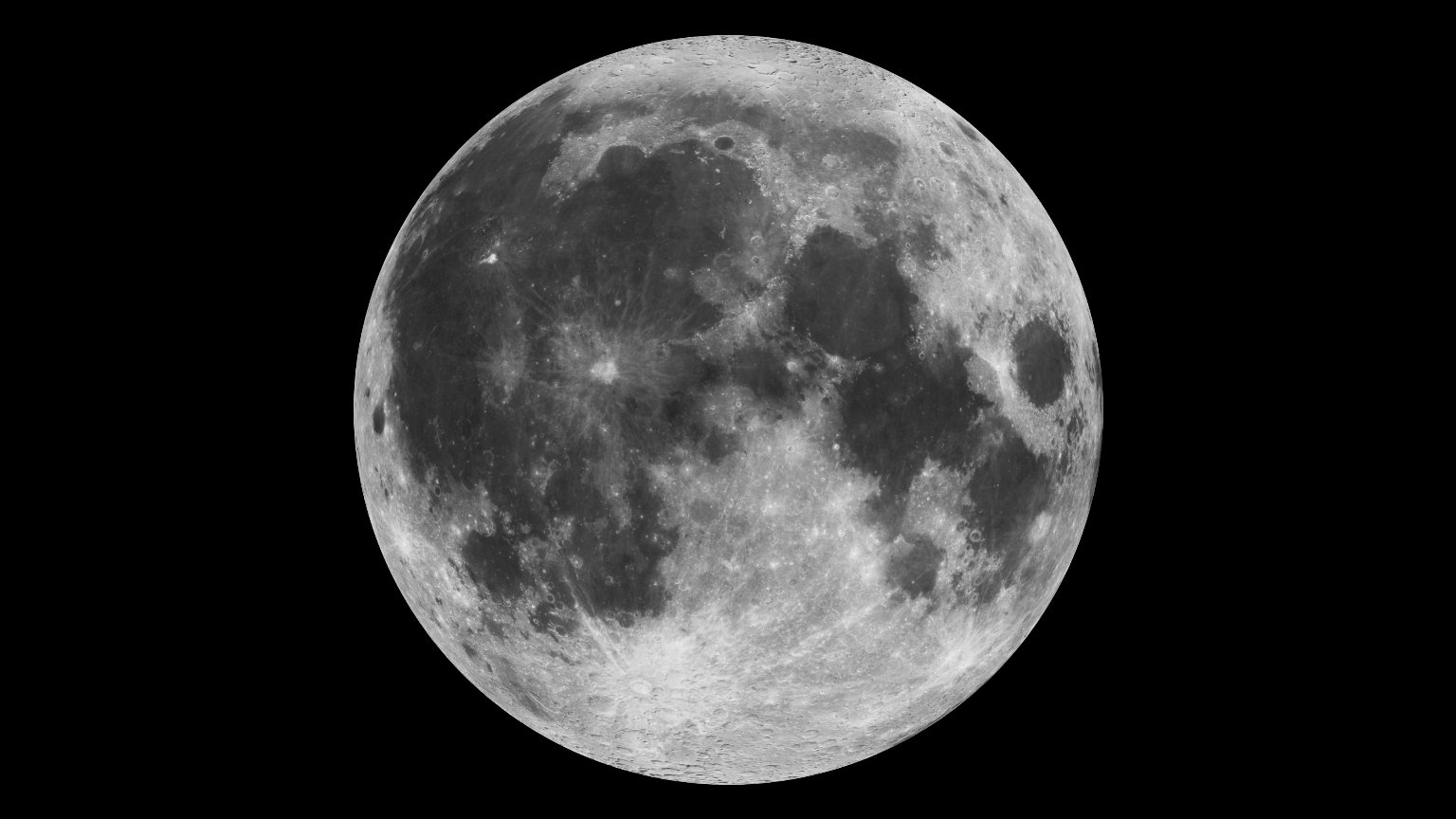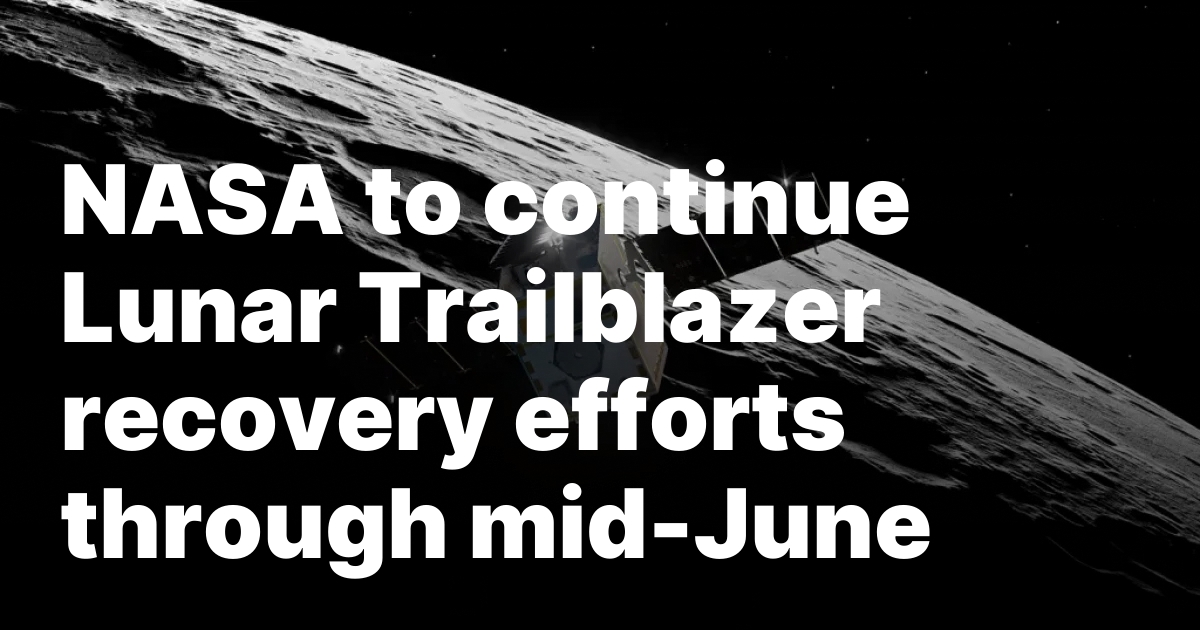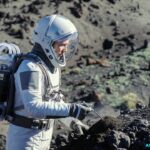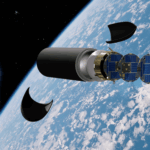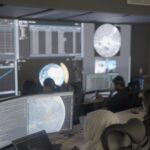Now Reading: NASA Stennis Employee Contributes to Innovative Work
-
01
NASA Stennis Employee Contributes to Innovative Work
NASA Stennis Employee Contributes to Innovative Work
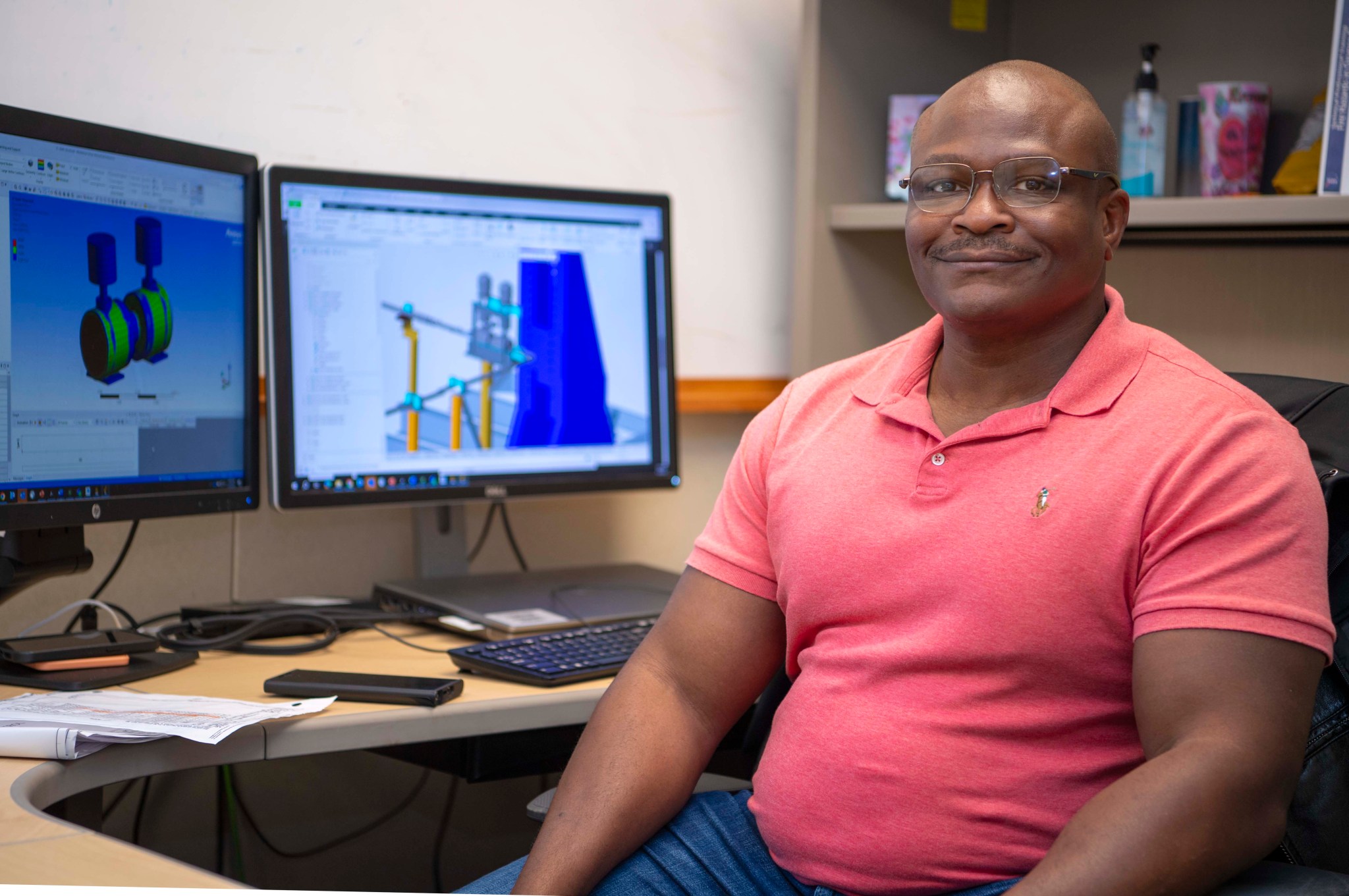
Living up to, and maintaining, the standard of excellence associated with NASA is what drives Robert Williams at NASA’s Stennis Space Center near Bay St. Louis, Mississippi.
A native of Gulfport, Mississippi, Williams said he has had the opportunity to work with and be mentored by “some truly exceptional” engineers, some with careers reaching back to the Apollo era.
“I cannot overstate the vast amount of practical knowledge and experience we have at NASA Stennis,” Williams said. “We know how to get things done, and if we do not know, I can guarantee we will figure it out.”
Williams is a senior mechanical design engineer and the structures subject matter expert for the NASA Stennis Engineering and Test Directorate.
He provides technical oversight related to engineering mechanics and machine design by reviewing analysis and design packages from NASA Stennis contractors and NASA engineers for ongoing projects.
Williams also supports projects by performing analysis and creating detailed models, drawings, and system level designs, mostly at the versatile four-stand E Test Complex, where NASA Stennis has 12 active test cells capable of various component, engine, and stage test activities to support the agency and commercial companies.
In support of NASA’s Artemis campaign of returning astronauts to the Moon, Williams also has reviewed structural and pipe stress analysis for the exploration upper stage project that will test a new SLS (Space Launch System) rocket stage to fly on future Artemis missions.
He performed similar review work for Green Run testing of the SLS core stage at NASA Stennis ahead of the successful launch of the Artemis I uncrewed mission around the Moon.
Overall, Williams has been a part of projects on every test stand throughout more than eight years with NASA and five years as a contractor. He has been tasked with solving challenging problems, both individually and as a part of teams.
There were times when he was not sure if he or the team would be able to solve the problem or address it effectively, but each time, the NASA Stennis team found a way.
“Over the span of my career, I have yet to be in a situation where the challenge was not met,” he said.
The opportunity to work with “pretty much all the major space companies in some capacity” is most interesting to Williams. “The best thing is that being a small organization within a relatively small center, there are always opportunities to develop new skills and capabilities to help fill a need or gap,” he said.
No matter the task, Williams looks forward to supporting space innovation while living up to, and maintaining, the standard of excellence associated with NASA for the benefit of all.
Stay Informed With the Latest & Most Important News
Previous Post
Next Post
-
 012024 in Review: Highlights from NASA in Silicon Valley
012024 in Review: Highlights from NASA in Silicon Valley -
 02Panasonic Leica Summilux DG 15mm f/1.7 ASPH review
02Panasonic Leica Summilux DG 15mm f/1.7 ASPH review -
 03From Polymerization-Enabled Folding and Assembly to Chemical Evolution: Key Processes for Emergence of Functional Polymers in the Origin of Life
03From Polymerization-Enabled Folding and Assembly to Chemical Evolution: Key Processes for Emergence of Functional Polymers in the Origin of Life -
 04How New NASA, India Earth Satellite NISAR Will See Earth
04How New NASA, India Earth Satellite NISAR Will See Earth -
 05And Thus Begins A New Year For Life On Earth
05And Thus Begins A New Year For Life On Earth -
 06Astronomy Activation Ambassadors: A New Era
06Astronomy Activation Ambassadors: A New Era -
07SpaceX launch surge helps set new global launch record in 2024


